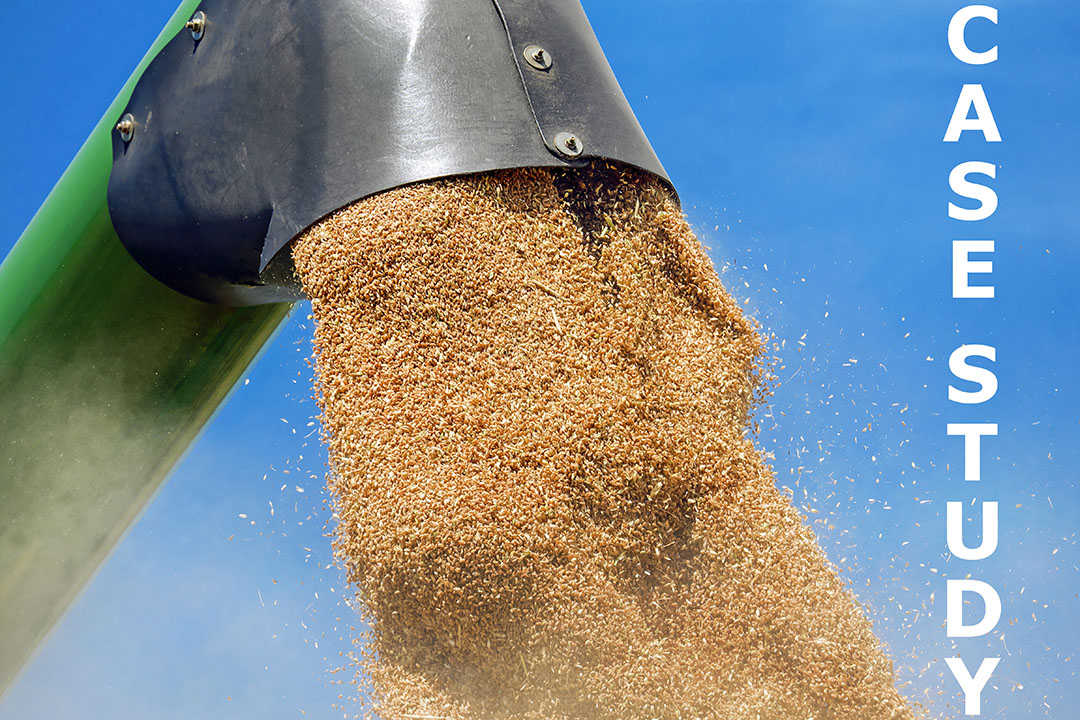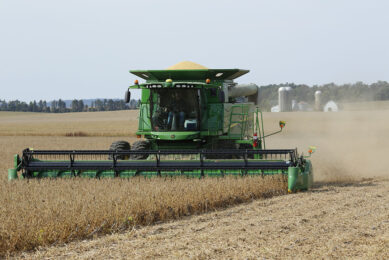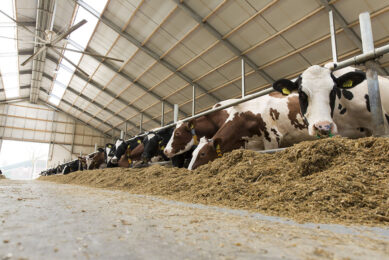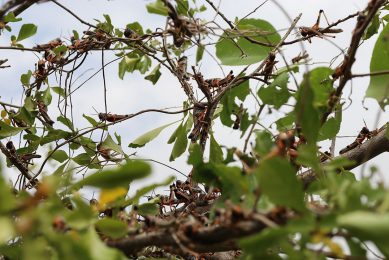Case study: Covid-19 disrupts EU feed use

The MY2020/21 EU grain crop is currently forecast to reach 304.4 MMT. The significant unknown for the remainder of MY2019/20 and for MY2020/21 is the impact of Covid-19, which will cause disruptions to traditional trade flows as well as changes in domestic consumption. The situation is likely to lower the internal feed demand, in particular, to an extent which is yet to be estimated. The uncertainty of this pandemic is weighing on producers and is being felt across the EU and worldwide.
Total grain consumption in MY2020/21, at 294.7 MMT, is currently forecast just 1.2 MMT down on MY2019/20, all of this reduction being forecast in feed use. However, the impact of Covid-19 has yet to be determined, is not included in these forecasts, and much could change yet. Reduced EU acreage and forecast harvest in MY2020/21 is expected to result in a 1.4 MMT decline in feed use of domestic grain. However, the impact of Covid-19 on the livestock sector remains uncertain. Any substantial decline in demand from this sector would see this figure revised downwards.
MY2019/20 is expected to see the EU return to a net exporter of grains, with both increased exports and reduced imports. MY2020/21 is currently forecast to see the EU remain a net exporter of grains but with a decline in total exports due to the expected reduction in the size of the French wheat crop, and unchanged imports year-on-year. However, Covid-19 is again the unknown factor.
EU corn production
EU corn production is forecast to reach 68.35 MMT in MY2020/21 (up 2.5%) driven by higher production in France, Germany, Poland and Romania.
French farmers are expected to plant more corn in MY2020/21 as they reduce their rapeseed area due to the neonicotinoid ban and the wheat area due to unfavourable weather.
Germany
In Germany, corn production is forecast to be over 500,000 MT higher than in MY2019/20. The corn area is expected to benefit from heavy rains and early spring.
Poland
The Polish corn area is forecast to increase driven by expectations by Polish farmers for strong corn prices, and with favourable weather, corn yields are anticipated to increase, which could lead to an 11% increase in the Polish corn crop.
Romania
The Romanian corn acreage in MY2020/21 is again anticipated to benefit from the lower rapeseed area. Corn yields are anticipated to marginally increase. Neonicotinoids remain prohibited EU-wide, but Romanian farmers appealed again to the Ministry of Agriculture for another derogation for neonicotinoid utilisation for corn and sunflowers; following the notification to the European Commission, the Romanian Ministry of Agriculture granted the derogation.
Corn feed use
Corn feed use in MY2020/21 is expected to increase as the competition from wheat is anticipated to be lower. The decrease was especially important in Germany, France and the Netherlands. Spain and Italy are the main corn feed users in the EU, followed by France. Corn is the preferred grain for Spanish feed compounders.
In most corn-producing countries such as France, Germany, Poland and Romania, a significant share of the corn crop is used for feeding livestock on farms. Overall, it is estimated that about 20-30% of the EU corn crop is used for feeding livestock on-farm.
Most analysts agree that the COVID-19 outbreak will negatively impact meat and dairy production in the EU. The closure of restaurants, hotels and cafeterias and the suspension of all tourist activities in most of the EU will lower consumer demand, further aggravated by the economic downturn. This will likely lower internal feed demand to an extent which is yet to be estimated.
Global feed industry case studies
Taking a deeper look into animal feed production worldwide
Wheat production in EU
At 144 MMT, MY2020/21 wheat production is forecast to fall nearly 11 MMT year-on-year. Total production of wheat in France – the largest producer of wheat in the EU – is forecast to fall below 36 MMT. The EU’s second largest wheat producer is Germany where production is forecast to decrease to about 22 MMT.
Of the countries covered in this report, the UK is traditionally the third largest producer of wheat. However, that is not forecast to be the case in MY2020/21 following very wet conditions. Production is forecast below 11 MMT for the first time since 1983. In MY2020/21, reduced feed consumption is expected, most notably in France, Germany and the UK. Overall, feed grain usage is forecast to decline 3 MMT, partially offset in the feed mix by increased consumption of corn.
Barley production in EU
Like wheat, EU barley production is forecast to decline in MY2020/21 to 60.4 MMT and, similarly, it is largely due to declines in forecast production in France and the UK. The 2 largest producers of barley are France and Germany. French production is currently forecast at 12.4 MMT, over 1.3MMT down on MY2019/20. German barley production is forecast to decrease around 300,000 MT to 11.2 MMT.
The EU’s 3rd and 4th largest barley producers are Spain and the UK. In Spain, production is forecast to rise over 700,000 MT to 8.1 MMT. In contrast, the UK barley crop has felt the effects of the very wet fall and production is forecast at just 6.4 MMT. If realised, this will be the smallest UK barley crop for 8 years.
Danish barley production is forecast at 3.75 MMT.
Total consumption of barley in MY2020/21 is forecast 500,000 MT lower than in MY2019/20, a decline of which is entirely in feed use; the EU had a good barley crop in 2019 which increased the feed use, but barley is expected to remain competitive with wheat in MY2020/2021.
Oat production in EU
The 6 main producers of oats in the EU are Poland, the UK, Finland, Spain, Sweden and Germany, traditionally accounting for around 70% of production, which is forecast to increase slightly. Total consumption is forecast to rise 210,000 MT in MY2020/21, with over 75% of production fed to animals.
Rye production in EU
The main producing and consuming countries for rye in the EU, which is mostly used for feed, are Germany and Poland, which account for about 70% of the total EU rye market. In both countries, production is forecast to rise. In MY2020/21 feed use is projected to increase in line with increased production.
Mixed grain production in EU
Mixed grain numbers include triticale and the threshed, dry seeds of wheat, barley, corn, oats, rye, and sorghum grown and harvested in the same field. Poland is the main producing country followed by Germany and France, altogether accounting for about 80% of production. EU production is forecast to decline only slightly. Most mixed grains (about 90% of production) are used for feed.
Sorghum production in EU
Compared to other grains, sorghum production is negligible in the EU, typically between 500,000 MT and 1 million MT. France and Italy are the major producers, together accounting for over 80% of production. Imports are usually small and only increase in years with an extremely tight feed supply.
The information herein, which was extracted from a USDA report prepared by Steve Knight, Xavier Audran and Sabine Lieberz and approved by Wang Yao, is based on the views of Foreign Agricultural Service analysts in the EU27 and the UK.











